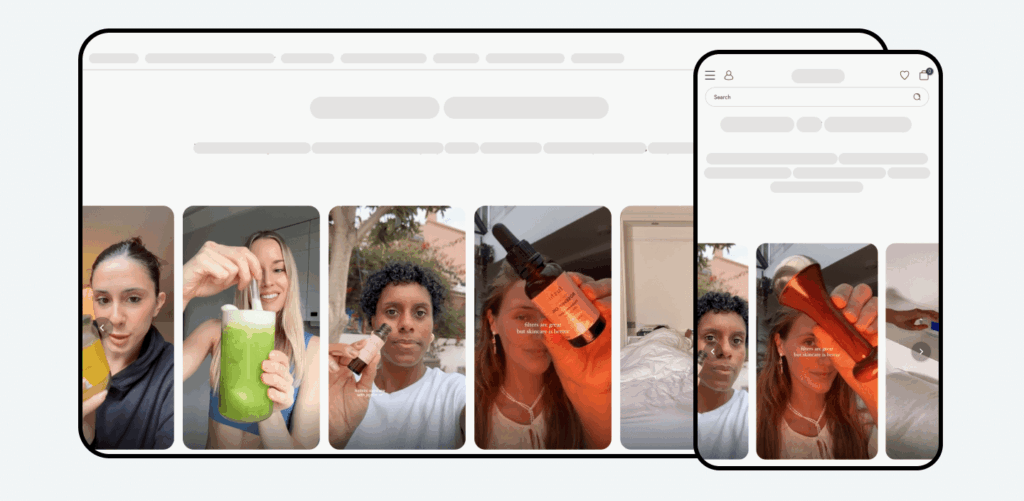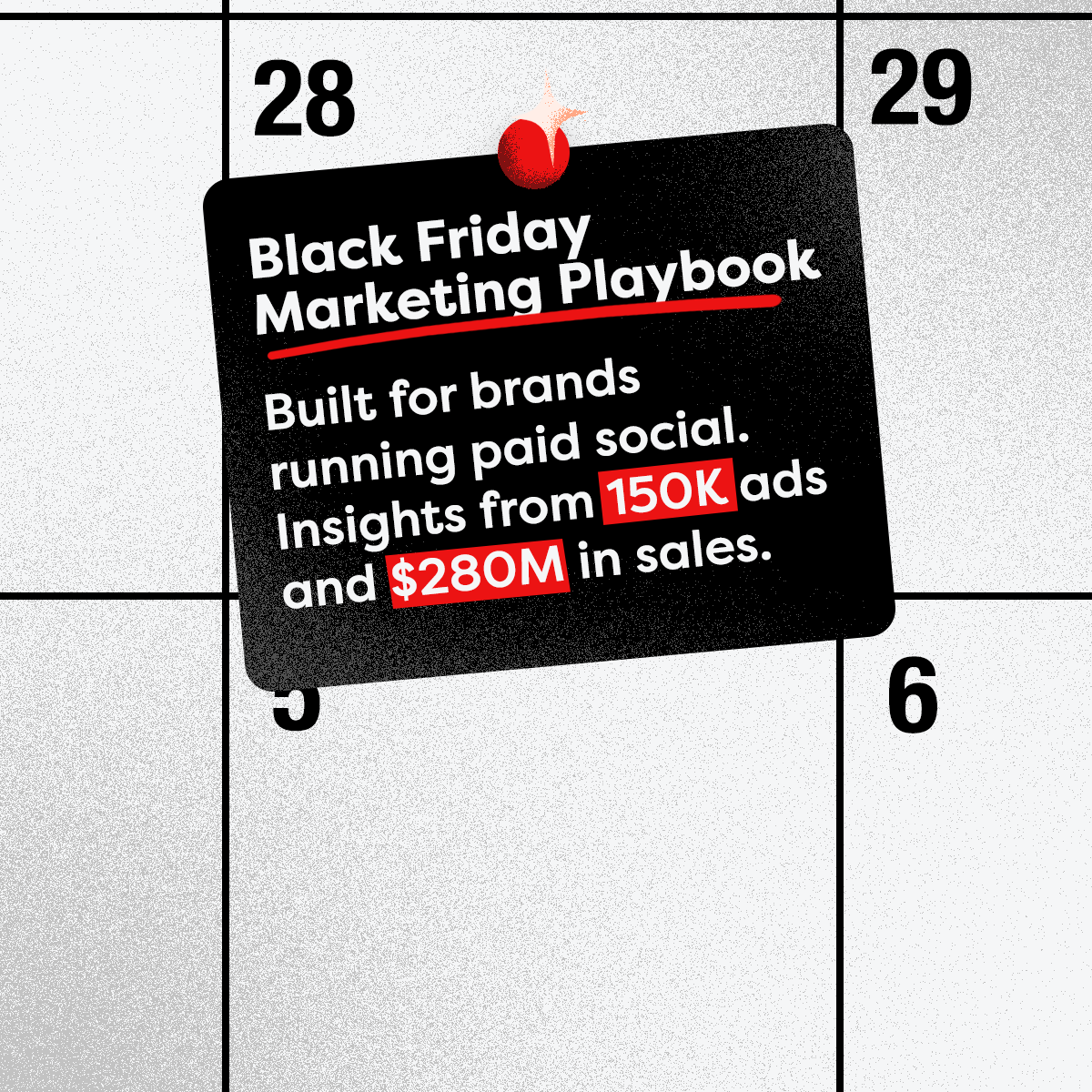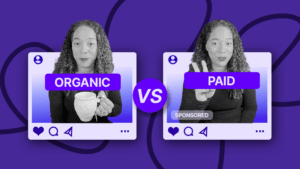Common UGC Brief Mistakes Brands Still Make in 2025
Passionate content and search marketer aiming to bring great products front and center. When not hunched over my keyboard, you will find me in a city running a race, cycling or simply enjoying my life with a book in hand.

A vague or overpacked brief derails campaigns before they start, causing revisions, delays, and misalignment. A clear, focused brief becomes the foundation for faster collaboration and better performance.
In this post, we’ll explore the most common UGC brief mistakes, why they happen, and how Billo’s brief builder helps you avoid them.
TL;DR
- Weak briefs waste time, budget, and alignment.
- The most common UGC brief mistakes are vagueness, missing core elements, misaligned direction, jargon, and overload.
- Structured automation plus iterative reviews prevents these pitfalls.
- Billo IQ’s brief builder speeds up creation and bakes in performance data.
- Keep briefs concise, prioritized, and creator-friendly.
Common UGC brief mistakes
Most weak briefs come from a lack of clarity, rushed planning, or too many cooks in the kitchen.
When teams skip internal alignment or overload their templates, creators are left guessing – and the final videos rarely match the brand’s vision. The result? Extra revisions, delayed launches, and wasted creative energy.
Here are the 5 most common brief mistakes:
1. Vague Direction
A brief that says “make it fun” or “show off the product” sounds simple, but it’s way too open-ended. Without details on tone, target audience, or the specific message to hit, creators interpret it differently every time. The more specific you can be about who you’re speaking to and what emotion you want to spark, the better your odds of getting content that actually resonates.
If you are not clear on the must-haves, make sure to at least include the Don’ts. This will leave the door open for creativity while making sure the creator does not veer into the wrong direction.

2. Missing Essentials
When key details like your value proposition, target audience, or desired platform format are missing, creators are flying blind. They might produce something that looks good but doesn’t convert. Every missing detail adds another round of “Can we tweak this?” emails, slowing your momentum and frustrating both sides.
3. Misaligned Expectations
Sometimes teams say they want “authentic creator content” but secretly expect a polished ad. When internal stakeholders don’t agree on what success looks like, creators get mixed messages and can’t deliver confidently.
Setting a shared definition of success upfront saves time and prevents those mid-campaign pivots everyone dreads.
4. Overload of Information
A common overcorrection is stuffing the brief with everything – every product feature, selling point, or trend. But a creator brief isn’t a brand deck. When you try to communicate too much, the main message gets lost. The most effective briefs highlight only what’s essential for that specific piece of content.
Another thing to consider is the length of content you are creating. Brands often tend to cram too many scenes and location changes extending the videos from a 30 seconds to full 2 minutes. If you truly need everything select the number of videos or the length of the video accordingly.
5. Jargon and Internal Language
Throwing in phrases like “value ladder,” “CAC optimization,” or “retention funnel” might make sense to your team, but it confuses creators who aren’t inside your org.
Plain, audience-focused language keeps everyone aligned. The clearer your words, the more creative freedom creators have to tell your story authentically. For maximum clarity avoid abbreviations and keep everything plain and simple.

Prepare For Black Friday With Ease
Best Practices for Writing Effective UGC Briefs
Strong UGC briefs are built on clarity, intention, and structure. When you approach a brief like a creative roadmap instead of a checklist, you give creators the freedom to produce something that feels natural and on-brand.
Here’s how to do it right.
1. Start with One Goal
Every great brief begins with focus. Choose one campaign objective – like boosting brand awareness, driving sign-ups, or pushing conversions. Trying to do all three at once just confuses the direction.
For example, a “brand awareness” brief might prioritize storytelling and emotion, while a “conversion” brief focuses on urgency and social proof. Pick one, own it, and let creators work toward that single, clear goal.
2. Define Your Audience in Plain Language
Instead of dropping demographic stats like “females 18–34,” describe your audience as if you were introducing them to a friend: “She’s a busy college student who loves skincare routines that fit into her morning coffee time.”
This helps creators imagine who they’re talking to and craft more authentic content that feels personal rather than generic.
3. Limit Deliverables Per Brief
It’s tempting to ask for five TikToks, two YouTube Shorts, and a carousel ad in one go, but that’s a recipe for confusion. Keep each brief focused on one content type and one message.
If you’re running a multi-platform campaign, split it into smaller, targeted briefs. That way, creators know exactly what they’re producing and can put their best effort into each piece.
4. Provide Visual Inspiration, Not Examples to Copy
Show creators what vibe you’re going for – like a cozy, candid tone or high-energy product reveal. But don’t expect them to recreate an existing ad frame by frame.
Share mood boards, trending audio, or reference clips that illustrate the feeling you want, while leaving room for their unique voice. Authenticity beats replication every time.
5. Review Collaboratively
Before sending out a brief, have one or two teammates review it for clarity. Ask questions like: “Would a creator understand this?” or “Did we explain the goal clearly enough?”
That simple double-check step can catch gaps or contradictions early. Collaboration on the front end saves everyone time once production starts.
Learn more on turning creative concepts to briefs.
Data-Backed Briefs to the Rescue
The Billo Brief Builder takes the chaos out of creative direction. Instead of juggling templates or chasing missing details, it gives brands a guided, data-informed process that keeps every project aligned from day one. Think of it as a creative co-pilot – helping you structure ideas, define goals, and communicate clearly without slowing the process down.

The smart templates prompt teams to nail down the essentials – tone, audience, and goals, before any creative work begins. Those structured prompts replace vague, open-ended instructions with specific, actionable guidance that creators can actually use. It’s the difference between saying “make it fun” and explaining how fun should feel to your audience.
But the magic doesn’t stop there. Because Billo IQ is built into the process, it offers real-time, performance-driven suggestions. You’ll see which creative angles, hooks, and CTAs have worked best in similar campaigns, so you’re not guessing what might perform. This data insight helps marketers shape briefs that are not only creative but also conversion-ready.
Collaboration also becomes smoother. Instead of long email chains and confusing revisions, teams and creators can work together inside the platform. Every edit, comment, and approval lives in one place, so communication stays organized and transparent.
Avoiding the UGC Brief Mistakes
Every great UGC campaign starts with a great brief. The more specific, aligned, and actionable your brief, the faster creators can deliver content that performs.
Billo helps brands replace guesswork with clarity. With Billo IQ brief builder, you can structure creative goals, align teams, and access data-backed recommendations – all inside one platform.
Ready to upgrade your next campaign brief? Start creating with Billo today.
FAQs
What makes a UGC brief effective?
An effective UGC brief is clear, concise, and goal-oriented. It defines audience, tone, and message while leaving enough room for creator authenticity.
How long should a UGC brief be?
Keep it short – ideally one page. Focus only on the key information creators need to understand your product, goal, and deliverable.
How can I make sure my brief aligns with my brand?
Start with internal alignment. Ensure marketing, creative, and product teams agree on the campaign’s main goal and tone before sharing it externally.
What should I avoid in a UGC brief?
Avoid jargon, overloading details, or mixing multiple goals in one document. Simplicity drives better results.
How does Billo help improve the briefing process?
Billo’s brief builder automates structure, validates clarity, and integrates real performance data, helping teams create briefs faster and more effectively.
SEO Lead
Passionate content and search marketer aiming to bring great products front and center. When not hunched over my keyboard, you will find me in a city running a race, cycling or simply enjoying my life with a book in hand.

Authentic creator videos, powered by real performance data
22,000+ brands use Billo to turn UGC into high-ROAS video ads.
Organic UGC vs Paid UGC: How Top Brands Drive Gr...
More brands are turning to user-generated content (UGC) to fuel [...]...
Read full articleOrganic UGC: How to Turn Native Creator Posts in...
Short-form feeds spotlight content that feels natural, not like ads. [...]...
Read full articleUGC Rates in 2025: What Brands Actually Pay (and...
Sticker shock around UGC rates usually comes from treating creator work like [...]...
Read full article



